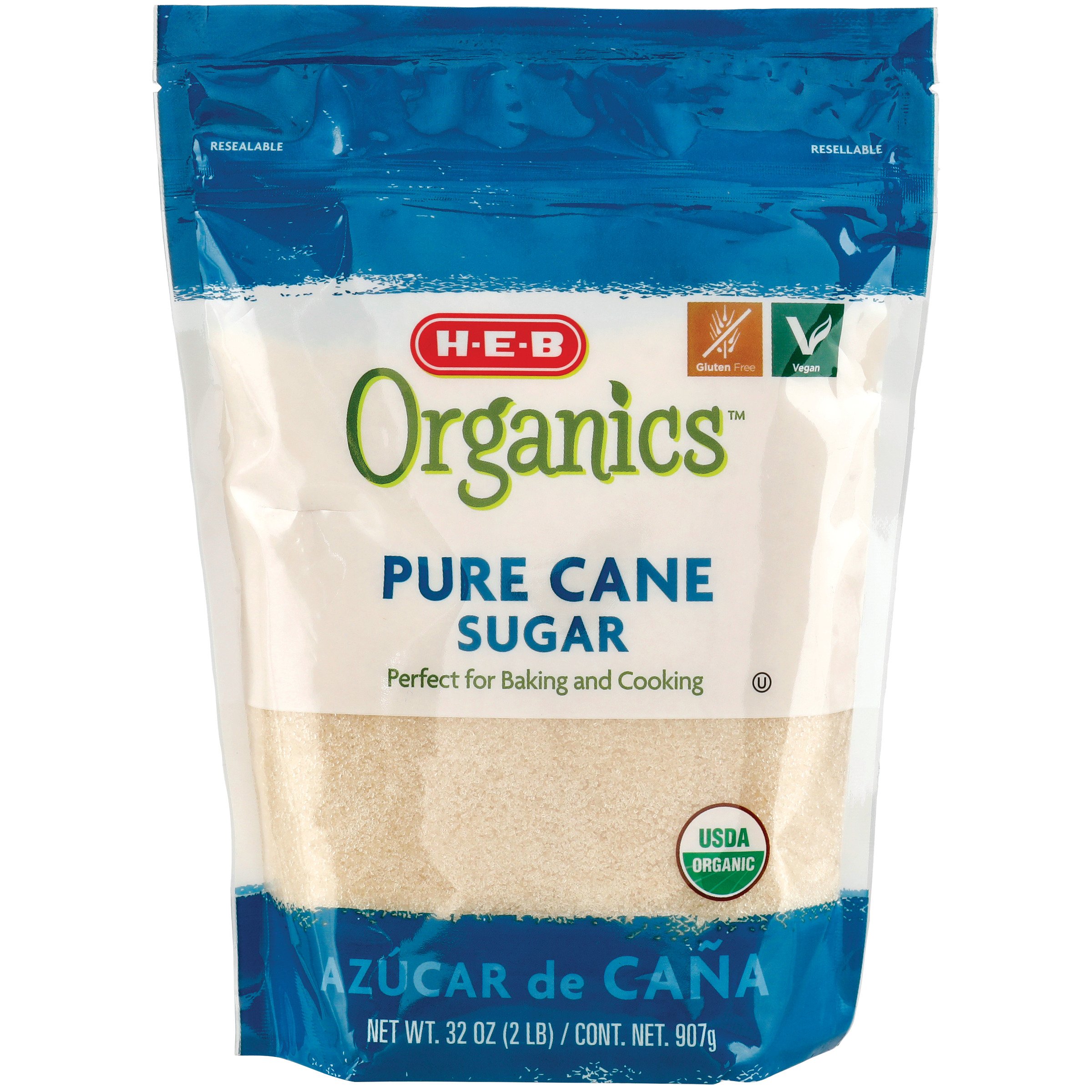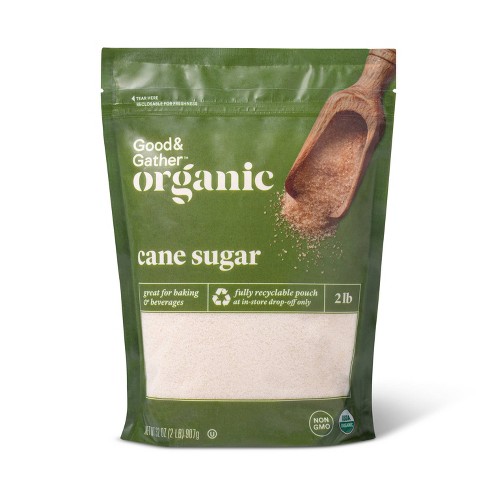Cane Sugar Processing: From Field to Table-- A Step-by-Step Overview
Cane Sugar Processing: From Field to Table-- A Step-by-Step Overview
Blog Article
Understanding the Vital Techniques and Technologies Employed in Modern Cane Sugar Handling
The advancement of walking cane sugar handling has been considerably shaped by the integration of advanced techniques and modern technologies that deal with both efficiency and sustainability. Enzyme-assisted extraction and advanced refining techniques have actually revolutionized yield optimization, while automation assists in functional integrity. In addition, the focus on sustainable techniques reflects an expanding awareness of environmental impact. As we explore these important innovations, it comes to be important to check out how they not only enhance manufacturing but also line up with wider market fads and customer needs, increasing questions concerning the future of sugar handling and its ramifications for global markets.
Historical Context of Walking Stick Sugar Processing
The historical context of cane sugar processing reveals a rich tapestry of agricultural development and cultural exchange that has formed its growth over centuries. Coming From Southeast Asia, sugarcane was cultivated as early as 8000 BCE - Cane Sugar Processing. The process of fine-tuning and removing sugar got momentum in India, where methods for crystallization were perfected around the 6th century. This understanding went across to the Center East, and by the 12th century, sugar became a valued asset in Europe, leading to the facility of sugar ranches in the Mediterranean.

Advanced Extraction Strategies
Performance in walking stick sugar extraction has seen considerable innovations, driven by the requirement for higher returns and reduced production expenses. Standard methods have actually progressed, paving the way to innovative technologies that improve the efficiency of the extraction procedure. One notable advancement is the use of enzyme-assisted extraction, in which details enzymes break down cell wall surfaces and release even more sucrose from the cane fibers. This strategy not just raises sugar return however likewise minimizes the energy required for processing.
Additionally, the adoption of membrane layer filtering technologies, such as nanofiltration and reverse osmosis, has actually transformed the separation of sugar from contaminations. These techniques permit the careful permeation of sugar particles while preserving bigger impurities, enhancing the extraction procedure and minimizing waste.
Moreover, the assimilation of continuous removal systems has resulted in improved operational effectiveness. Cane Sugar Processing. These systems keep a continuous flow of walking cane material, making certain optimum removal conditions and minimizing downtime associated with set handling
Cutting-edge Refining Technologies
Refining techniques in walking cane sugar processing have actually gone through a transformative change, driven by the demand for greater pureness and boosted product quality. Among the most notable innovations is the adoption of membrane filtration modern technologies, such as ultrafiltration and nanofiltration. These procedures properly remove contaminations and colorants without the need for extensive chemical therapies, thus protecting the sugar's natural taste and improving its allure.
Another considerable advancement is the usage of ion exchange resins, which enable careful elimination of unwanted ions from sugar services. This modern technology not only enhances the general pureness of the last product but likewise adds to decreased waste and environmental effect.
In addition, improvements in adsorption methods, utilizing triggered carbon and other sophisticated products, have actually verified effective in decolorizing sugar solutions while maintaining ideal top quality. The assimilation of these innovative refining technologies guarantees that makers can generate refined sugar with superior quality and taste, fulfilling the advancing choices of More Bonuses consumers.
Automation and Control Systems
Current innovations in refining technologies have actually paved the way for significant enhancements in automation and control systems within cane sugar handling facilities. These systems use sophisticated software application and hardware to boost functional efficiency, decrease human error, and guarantee constant product top quality.
Modern automation incorporates different elements, consisting of sensors, actuators, and programmable reasoning controllers (PLCs), making it possible for real-time monitoring and control of critical processes. For instance, pressure, flow, and temperature level prices can be precisely regulated during removal, clarification, and crystallization phases, enhancing performance and lessening waste.
Moreover, progressed data analytics and maker knowing formulas play a crucial function in anticipating upkeep, allowing drivers to anticipate equipment failings prior to they occur. This positive method not just lowers downtime yet also prolongs the life-span of equipment.
On top of that, automation helps with the execution of Sector 4.0 concepts, equipping sugar mills to achieve better connection and information exchange throughout processes. Because of this, decision-making ends up being even more active and educated, inevitably improving the total competition of walking cane sugar manufacturing. With these innovations, the industry is well-positioned to fulfill growing global needs while keeping functional quality.
Sustainability Practices in Sugar Manufacturing
Sustainability techniques in sugar manufacturing have come to be increasingly necessary as the market looks blog for to balance financial practicality with environmental obligation. As customer recognition expands concerning the ecological influences of agricultural methods, sugar producers are embracing innovative techniques to minimize their ecological impact.
One significant approach is the implementation of precision farming strategies, which use information analytics to optimize resource use, such as water and plant foods. This minimizes waste and lessens the influence on neighborhood environments. Additionally, several producers are transitioning to renewable resource resources, such as biomass from sugarcane by-products, to power their procedures, therefore reducing reliance on nonrenewable fuel sources.
Water management methods are also essential; rain harvesting and efficient irrigation systems aid reduce water shortage concerns. Cane Sugar Processing. Furthermore, incorporated insect administration techniques minimize chemical usage, promoting biodiversity and dirt wellness
Company social responsibility initiatives are emerging, with companies spending in regional areas and guaranteeing reasonable labor practices. By accepting these sustainability methods, the sugar industry not just improves its track record however additionally adds to a much more lasting farming landscape, leading the method for future generations.

Final Thought
In summary, modern walking stick sugar processing incorporates a variety of innovative methods and modern technologies that significantly improve efficiency, sustainability, and yield. The fostering of ingenious extraction and refining techniques, together with automation and control systems, helps with enhanced functional performance and item quality. In addition, the emphasis on sustainable techniques underscores a commitment to decreasing ecological influence and promoting honest manufacturing. Collectively, these innovations place the walking cane sugar sector to meet modern find out needs while attending to important worldwide challenges.
The advancement of cane sugar handling has actually been dramatically formed by the integration of innovative strategies and modern technologies that address both performance and sustainability.The historical context of walking cane sugar handling reveals an abundant tapestry of agricultural development and cultural exchange that has actually formed its development over centuries. Advancements in milling and refining arised, laying the foundation for modern-day walking stick sugar handling.Refining strategies in walking cane sugar handling have gone through a transformative change, driven by the need for greater pureness and enhanced product top quality.In summary, modern cane sugar processing includes an array of innovative strategies and modern technologies that dramatically improve performance, yield, and sustainability.
Report this page